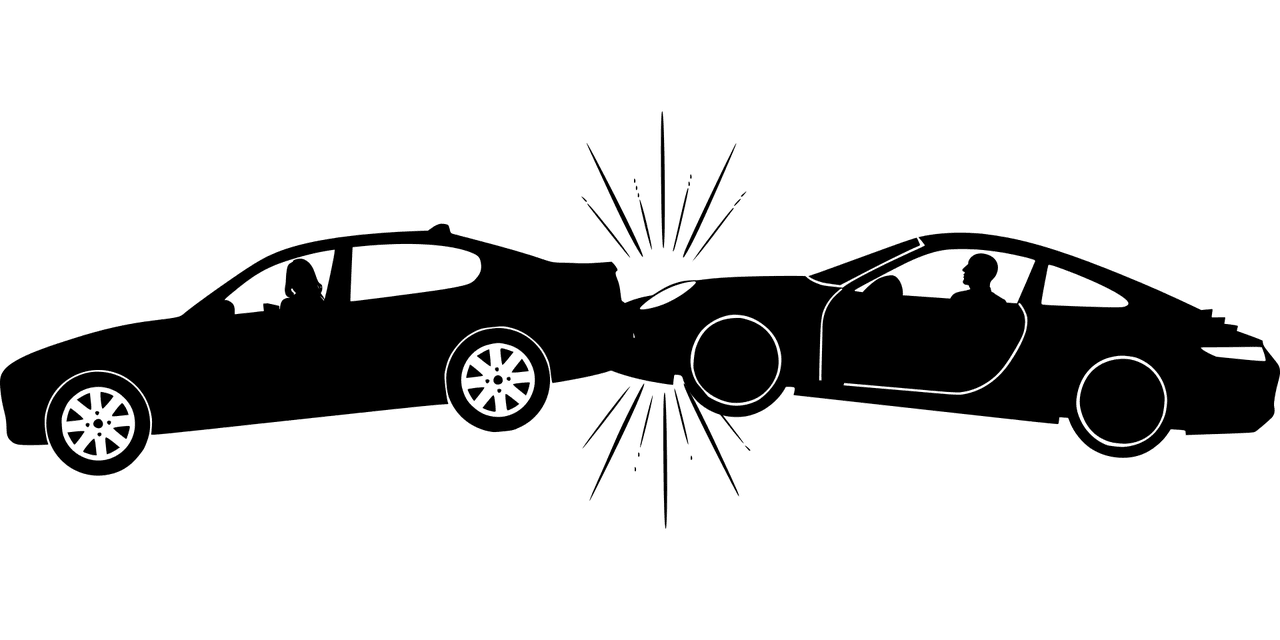When a vehicle accident occurs, it is important to determine who is at fault. This will influence how an insurance company handles the accident settlement, potential lawsuits and more. It is possible for multiple parties to be liable for an accident. In this case, each party will be held responsible for their contribution to the accident. There are certain ways to determine who is at fault after a vehicle accident.
Proving Fault
Determining fault in a vehicle accident is done by the evidence collected. This could involve pictures taken at the accident scene, statements made by eyewitnesses to a driver, law enforcement officer and others. In many cases, it is unnecessary to prove fault beyond a reasonable doubt. Fault is something that can be determined by using clear and convincing evidence. A driver being determined to be at fault is not indisputable.
Insurance Companies

When a vehicle accident occurs, an insurance company will use its own methods to determine who is at fault. It is usually based on the legal definition of negligence. An insurance company will determine a drive has been negligent if they did not exercise the same amount of care when driving that a reasonable person would exercise in the exact same situation. An example would be that a reasonable person would be cautious and not run a red light. This means when a person does run a red light, and it results in an accident, the driver has been negligent.
Negligence Per se
It is possible for a driver to be given a traffic citation and that is used to determine they are at fault for a vehicle accident. Insurance companies and others believe the driver who committed a traffic violation must have been acting negligently. Their actions must have therefore caused the accident. This is known as negligence per se.
Police Report
There are certain situations where law enforcement will respond to a vehicle accident and prepare a report about what occurred. In the report, a law enforcement officer will often describe what they witnessed at the scene of the accident. They will interview those who witnessed the accident. After obtaining enough information, they will submit the report they’ve written to the appropriate department. It may contain the law enforcement officer’s statement of who they believe was at fault for the accident. A police report does not determine fault, but it can help influence the decision.
Insurance Adjusters
They will research all the available evidence concerning a vehicle accident. This includes reviewing medical reports, speaking with witnesses, examining vehicle damage and more. The insurance adjuster will use the gathered evidence to determine who is at fault. This information will be the basis for their proposed settlement amount.
Legal professionals like the car accident attorneys from Coye Law Firm often advise people the determination of fault from an insurance adjuster can be challenged. It’s possible to look at the same set of facts and see them in a different way. If a person believes they have been wrongly listed as at fault for a vehicle accident, they should contact an attorney. They will know how to protect the rights of a driver who is wrongly determined to be responsible for a vehicle accident.





